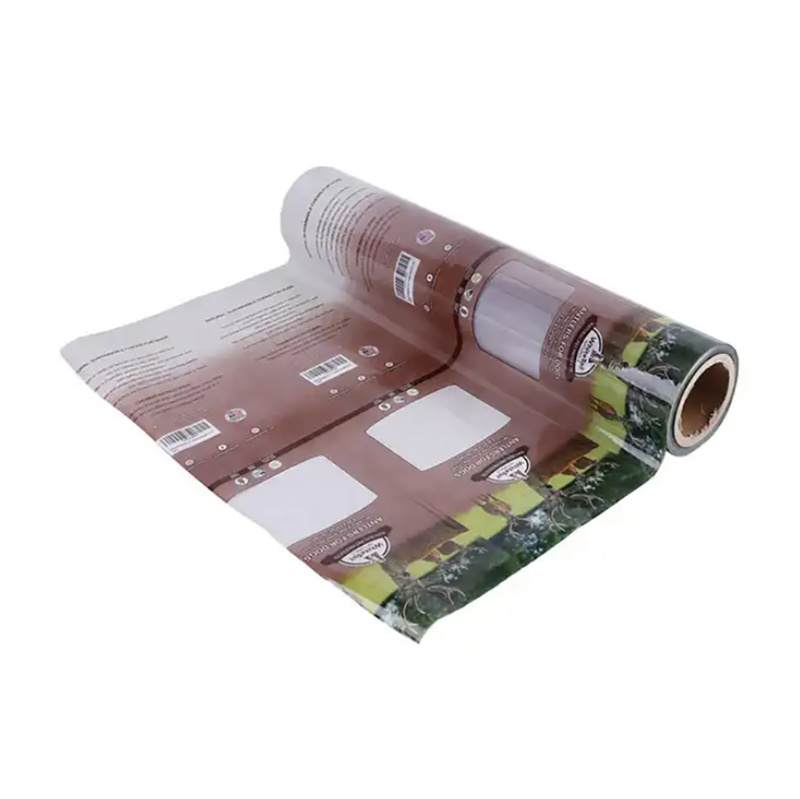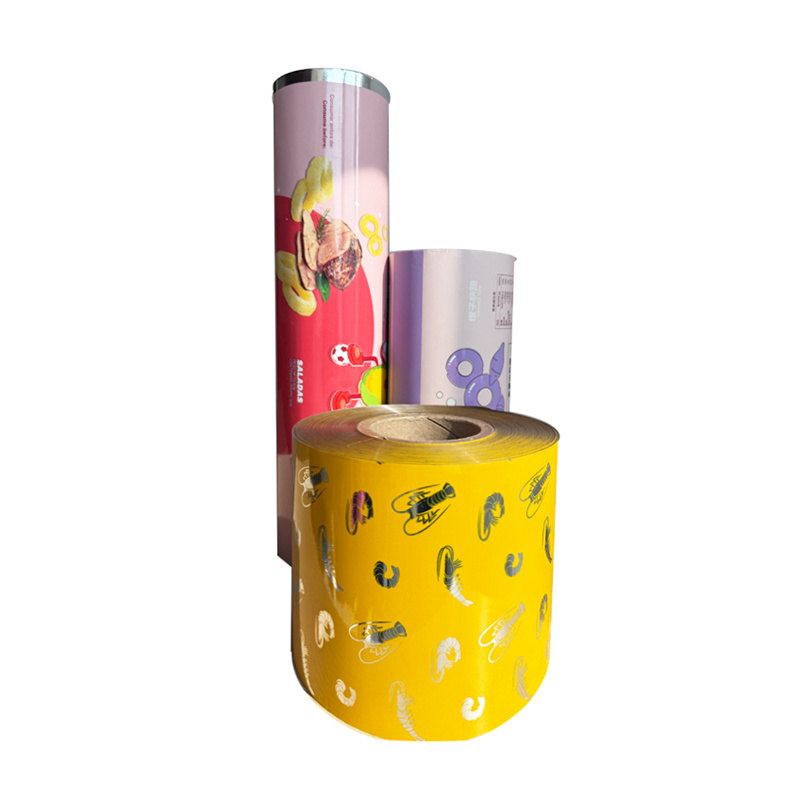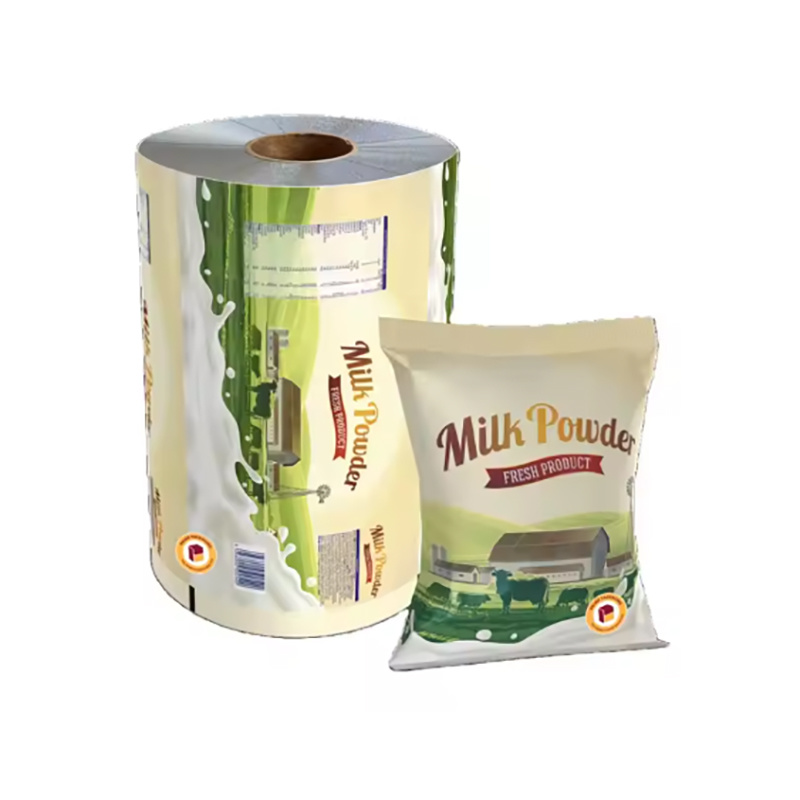Roll film plays a crucial role in the packaging industry. Here is a detailed introduction to roll film:
Definition and Application
1. Definition: Roll film is a general term for packaging films supplied in rolls in the packaging industry. It can also refer to the action of rolling up film, but this usage is relatively uncommon.
2. Application: Roll film is mainly used in automatic packaging machines, such as for bagged shampoos and some wet wipes that use this type of packaging. In addition, in small shops selling bottled tea, porridge, etc., there are usually on-site packaging sealing machines that use roll film for sealing. The most common roll film packaging is bottle packaging, especially for irregular, non-cylindrical bottles, where heat-shrink roll film is usually used.
Types and Materials
1. Types: Depending on the material and application, roll film can be divided into various types, such as PVC shrink film rolls, OPP roll film, PE roll film, PET protective film, composite roll film, etc.
2. Materials: The main raw material for roll film is polyethylene, including low-density polyethylene (LDPE) and linear low-density polyethylene (LLDPE). These materials have properties such as oxidation resistance, UV resistance, and corrosion resistance, making them suitable for making roll film. In addition, food-grade materials such as polyethylene (PE), polypropylene (PP), and polyvinyl chloride (PVC) are also commonly used in food packaging roll film.
Production Process and Flow
1. Extrusion: The raw materials are heated and formed into a continuous film through an extrusion production line.
2. Lamination and Printing: Adding the necessary composite layers and printing patterns to the film.
3. Winding: Winding the processed film into a roll film.
Performance and Requirements
1. Sealing Performance: Roll film needs to have good sealing performance to prevent leakage and contamination of the packaged contents.
2. Moisture Resistance: Roll film should effectively prevent moisture from entering, keeping the packaged contents dry.
3. Transparency and Haze: The transparency and haze of the roll film affect the product's display effect and consumer purchasing desire. Therefore, the appropriate transparency and haze should be selected according to the specific needs of the product.
4. Coefficient of Friction: The coefficient of friction of the roll film should be moderate to ensure smooth operation and sealing on automatic packaging machines.
5. Thickness Uniformity: The thickness of the roll film should be uniform to ensure the stability and consistency of the packaging.
Applications
1. Food Packaging: Roll film is widely used in food packaging, such as potato chips, candy, coffee, and cat food.
2. Medical Supplies: Roll film is also often used in the packaging of medical supplies, such as medical dressings and instruments.
3. Industrial Parts: In the industrial field, roll film can be used to package various parts and components.
4. Daily Life: Roll film is also widely used in various occasions in daily life, such as cling film and garbage bags.
Advantages and Features
1. Cost Reduction: The application of roll film can simplify the packaging process and reduce production and transportation costs.
2. Improved Production Efficiency: Roll film is suitable for automatic packaging machines, which can greatly improve production efficiency.
3. Flexibility and Diversity: Roll film can be customized according to the specific needs of the product, such as material, thickness, and printing patterns.
4. Environmentally Friendly and Recyclable: Some roll film materials, such as PE and PP, can be recycled and reused, meeting environmental protection requirements.
In summary, roll film has broad application prospects and an important market position in the packaging industry. With the continuous development of packaging technology and the increasing consumer demand for packaging quality, roll film will continue to develop in a more environmentally friendly, efficient, and personalized direction.
TAG:







Roll film
Category:
Product inquiry
NOTE: Please leave your email, our professional person will contact you asap!













